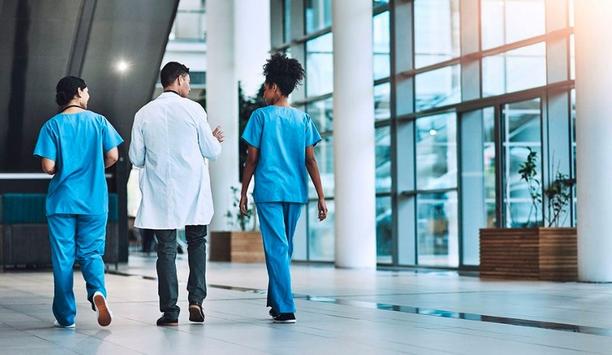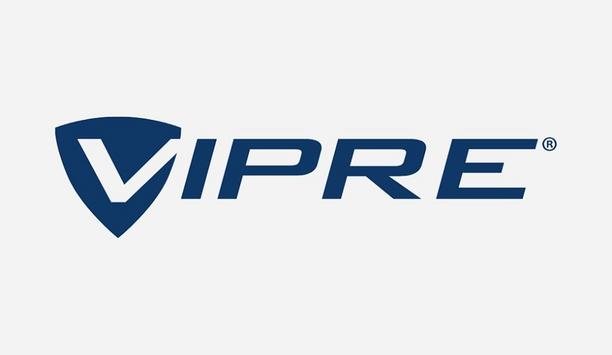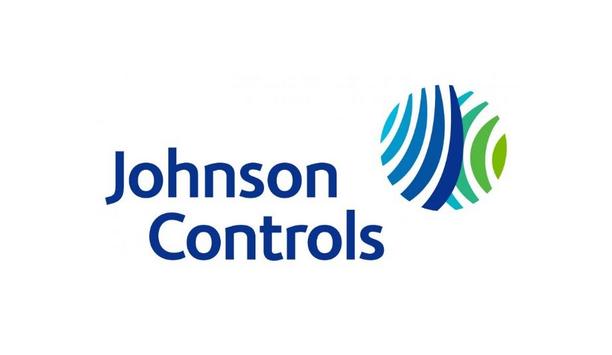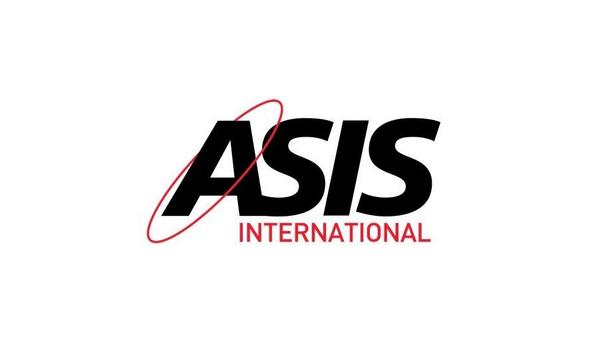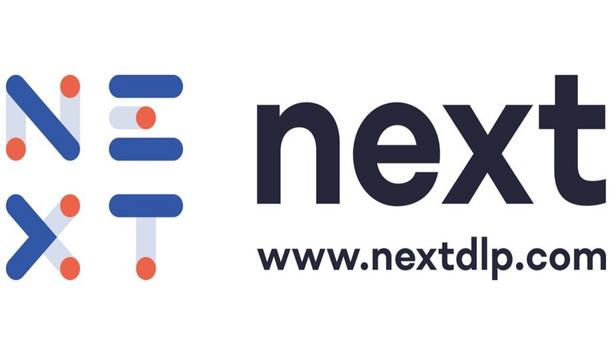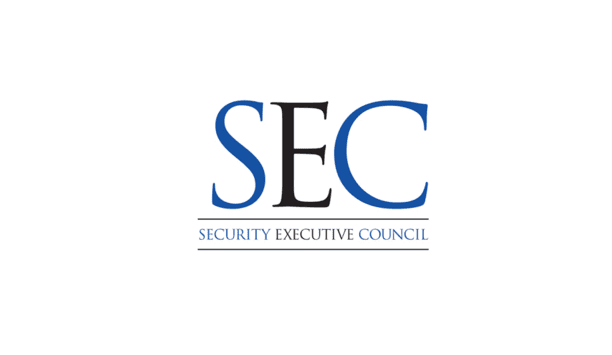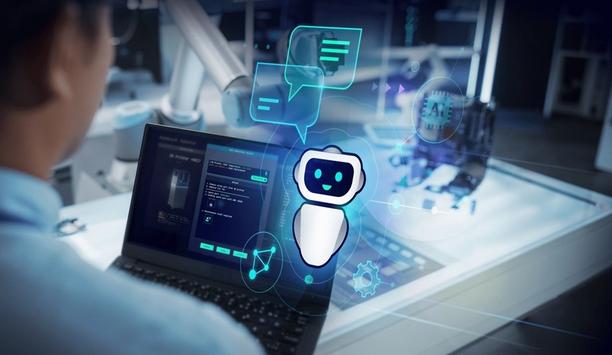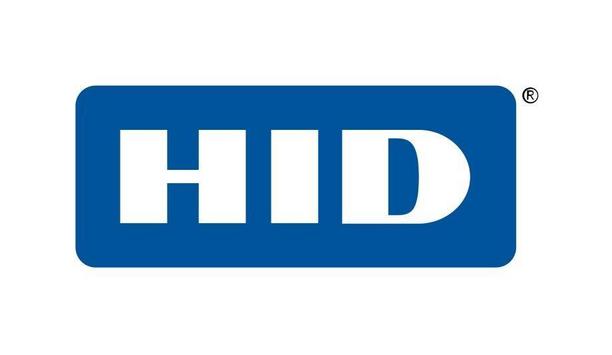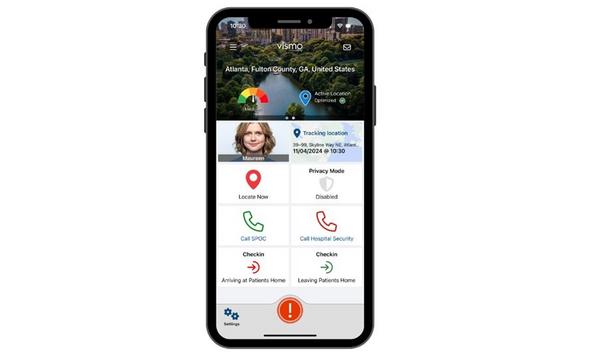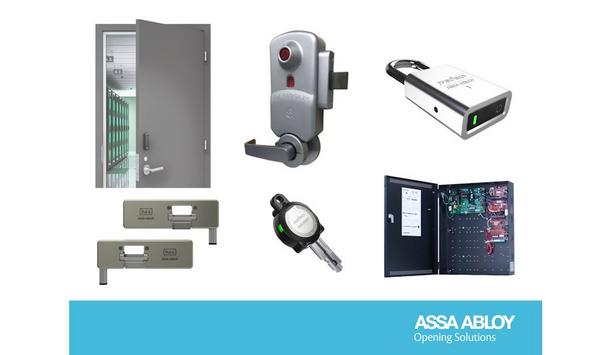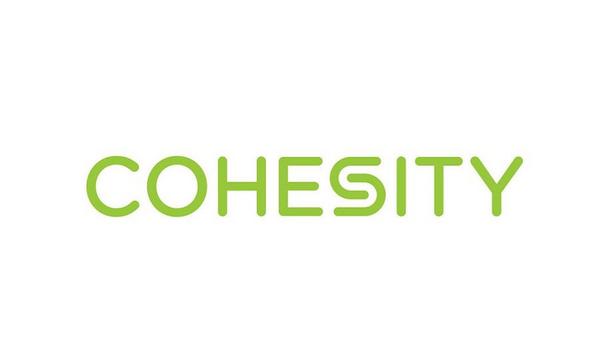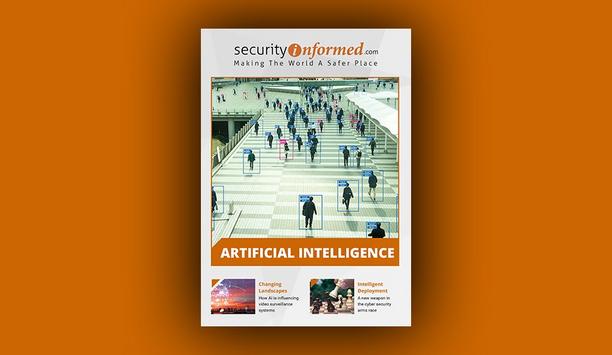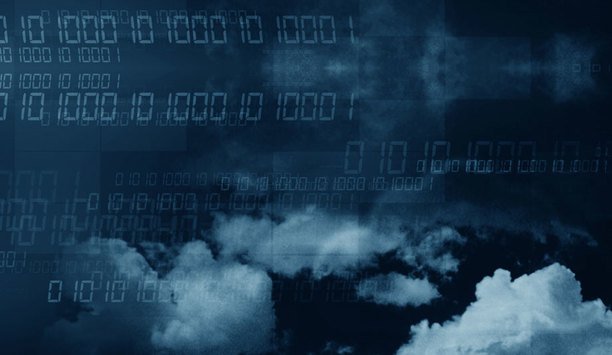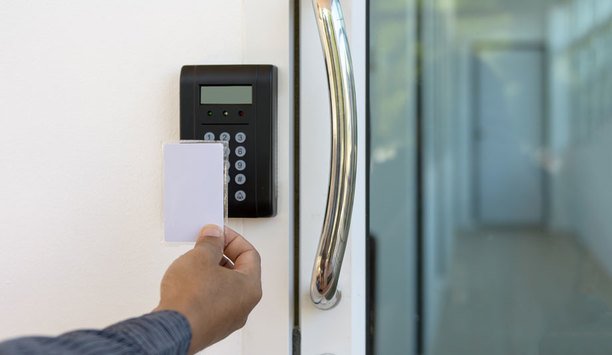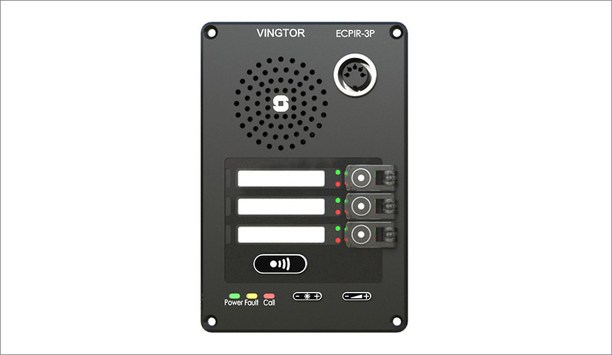Today's threat landscape is bigger and more broad than ever before, with an increasing number of emerging risks falling on the shoulders of security professionals in a variety of markets. Many of these leaders face the growing concerns of finding efficient, integrated solutions that provide protection from threats, but also can be used in everyday communications to streamline operations, provide access control, and automate workflow.
One way today's enterprise organizations, cities and campuses tackle the pressures of being prepared at any moment is by implementing solutions that utilize real-time location systems (RTLS). RTLS is used to automatically identify and track the location of objects or people in real time, usually within a building or other areas; like GPS but indoors. While GPS is able to track vehicles as they move across the globe, it is unable to track hundreds, or even thousands of devices in a fixed space, especially indoors. This is where RTLS comes in. RTLS has the ability to read wireless devices automatically and continuously, making it a more ideal fit for security purposes.
Protecting Assets And People
The technology is increasingly used in a number of sectors, including supply chain management, healthcare, the military and government sectors, retail, recreation and many more. However, the adoption of such solutions is gaining significant ground within the security industry, where the information gathered can be critical to the safety and protection of assets and people.
RTLS has long been used in several other industries to help business managers protect critical assets. Fleet tracking is one such use, and this is often utilised by rental car companies, automotive dealers, postal and courier services, supply chain and trucking companies. For example, manufacturers that display the latest automotive technology during the Detroit Auto Show use RTLS to track valuable assets to ensure safe and timely arrival. The technology also can be used on delivery trucks to track packages in the event the truck is stolen or unexpectedly goes off course. The system allows stakeholders to gather real-time information on the last-known whereabouts of the assets.
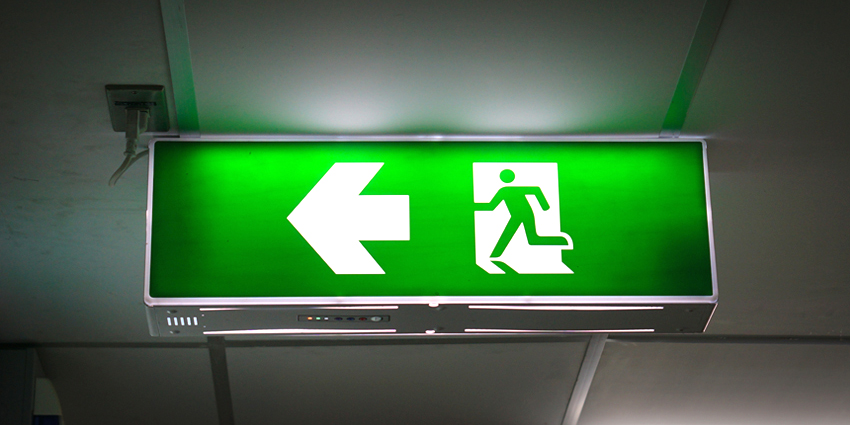 |
| RTLS can be used to quickly and automatically account for all staff after or during an emergency event or evacuation |
Sending Alerts During Emergency Events
RTLS also can be used to locate and manage assets within a facility, such as finding a misplaced tool cart in a warehouse or medical equipment within a healthcare facility. In a correctional facility, RTLS can be used to maintain proper staffing levels in operational areas, which ensures the health and safety of the officers by alerting officials to too few guards. Additionally, users can track and time stamp the progress of people or assets within a facility using this technology. It is especially useful in the healthcare market where wait times can become long and many patients need to be seen in an expedited manner.
In terms of security, RTLS has a significant—and emerging—place in the market. Using smart phones and cellphone devices that send a signal to a central monitoring platform, security officials know where people are located within a specific area, and can alert them in the event of an emergency using their devices without having to install an application. All location data is stored for forensic purposes to verify information; for example, how many times an assailant may have visited a location previously, or to provide a “bread crumb” visual of his/her path through the campus during the event.
Incident Management
This is an effective method, as the majority of people now have smartphones in regular use. In fact, Morgan Stanley recently reported that 91 percent of adults keep their smartphones within arm's reach. In another study by Pew Research, 74 percent of cell phone owners have utilized their phones to get help in an emergency. For many of us, a mobile device remains a constant in today's business landscape.
Campus administrators can communicate an upcoming event or reminder for students and staff to alert them to potential closures |
RTLS can be used to quickly and automatically account for all staff after or during an emergency event or evacuation by using the location-enabled cellphone devices already in place without requiring a cellphone application.
Additionally, this technology can be used to communicate instructions to staff during an incident. For example, in the event of an active shooter or intruder within a school, administrators can send a message to all staff quickly and easily that communicates the importance of locking their doors and taking precautions to move students away from doors and windows. This tactic can easily be carried to a number of markets to communicate critical information in the event of an emergency.
Communicating Using A Single Platform
Not only does RTLS offer organizations the chance to communicate with visitors, employees, and staff in the event of an emergency, it also allows for routine communication. An integrated communication network that uses RTLS offers unified messaging through in-app and text messaging, e-mail and voice – and can be used even for routine communications within an organization.
For instance, campus administrators can communicate an upcoming event or reminder for students and staff to alert them to potential closures. Continual communications, even without being tied to a threat-based message, is integral to an organization, allowing stakeholders to realize new levels of collaboration and communication using a single platform.
Comprehensive Security Posture
This also sparks discussion on the usage for multiple departments. Since the physical infrastructure for RTLS is normally already in place, capital investment associated with a platform that offers RTLS is minimal, allowing multiple departments to subscribe for their own needs. This benefits the additional use cases for utilizing a routine and threat-based communications network can bring multiple departments together, such as marketing or event management, to invest in the technology as it applies to their own individual work. Additionally, implementing an RTLS platform in an enterprise organization will also require the assistance and buy-in from the IT department
This kind of collaboration between departments is becoming a critical component of a holistic, comprehensive security posture, leading many organizations to gather the input from a number of departments before investing in solutions that address the safety and wellbeing of the company.














